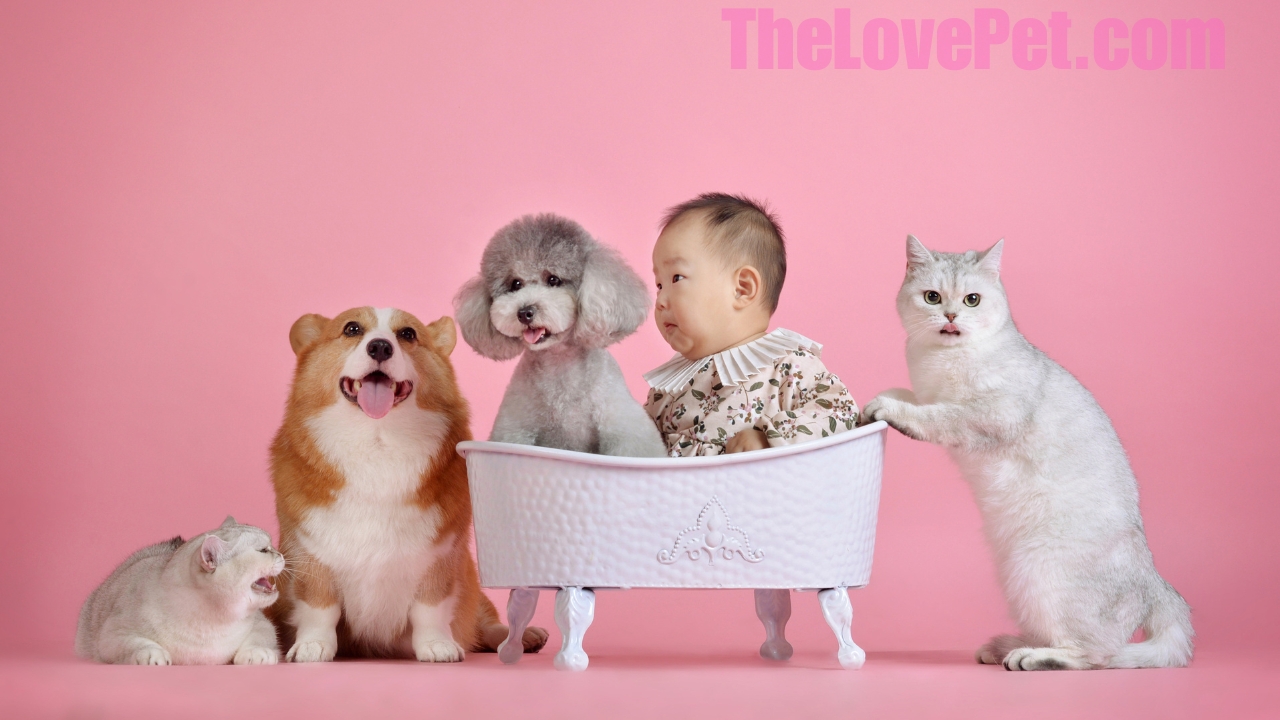What are Sugar Gliders?
Sugar gliders are small, nocturnal marsupials native to Australia, New Guinea, and some surrounding islands. They get their name from their love of sweet foods and ability to glide between trees using the patagium, or flap of skin, between their front and back legs. Sugar gliders are omnivores that feed on sap, nectar, fruits, insects and small animals in the wild.
Pros of Owning Sugar Gliders
They are cute and cuddly
With their large eyes, fuzzy bodies and membranous gliding flaps, sugar gliders are undeniably adorable. They love to snuggle in bonded pairs or groups and will bond strongly with their owners.
They are low maintenance
Compared to dogs or cats, sugar gliders require less space and daily care. Their small cage size and simple diet makes them relatively easy pets to own.
They are smart and playful
Sugar gliders are highly intelligent and can be trained to respond to commands. Their energetic and acrobatic nature also makes them very entertaining to watch and interact with.
Cons of Owning Sugar Gliders
They require special care
Sugar gliders cannot be kept singly, require large cages with specific temperature and humidity levels, and need a specialized omnivorous diet. Their needs are complex compared to more common pets.
They are nocturnal
Sugar gliders are awake at night and sleep much of the day, which may not match their owner’s schedule well.
They can be messy
Sugar gliders poop and urinate frequently and will mark their territory. Their enclosures require frequent cleaning.
They live 10-15 years
Sugar gliders have relatively long lifespans for small pets. Owners must be prepared for a long-term commitment.
Conclusion
Ultimately, sugar gliders can make wonderful pets for owners who are prepared to meet their specific care needs and quirks. They are enjoyable to interact with and watch but also require more specialized care compared to other small pets. Doing ample research beforehand is essential to determine if their pros outweigh their cons for potential owners.
More on the Pros of Sugar Gliders as Pets
They bond strongly with owners
Sugar gliders form close attachments to their owners and recognize them as part of their colony. With time and patience, owners can develop rewarding bonds with their sugar glider pets.
They have simple habitat needs
While sugar gliders do have some specific habitat requirements, their enclosures do not need to be overly large or complex. A tall, wire cage supplemented with branches and pouches is sufficient for their needs.
They can be trained to use a litter box
Sugar gliders are intelligent enough to be litter trained to limit messes. This makes cleaning their enclosure much easier compared to pets that cannot be litter trained.
More on the Cons of Sugar Gliders as Pets
They require exotic veterinary care
Sugar gliders are exotic animals, so they need veterinarians specialized in exotic pets for proper medical care. This care can be more difficult to find and expensive.
They may bark and make noises at night
Sugar gliders are naturally vocal animals, especially at night. Their sounds like barking, crabbing and sneezing can be disruptive for owners trying to sleep.
They need lots of supervision when out of cage
When allowed out-of-cage time, sugar gliders require constant watching since they can get into trouble if unsupervised. Their energetic nature demands an owner’s full attention.
#FAQ #Update #AdditionalContent
Title: The Fascinating World of Sugar Gliders: Marsupial Pets Gaining Popularity
**1. What are sugar gliders and where are they from?**
Sugar gliders are small marsupials closely related to kangaroos and koalas. They are nocturnal tree-dwelling animals with a unique gliding membrane that allows them to sail between trees.
**2. How should sugar gliders be housed?**
Sugar gliders should be housed in cages made of PVC-coated wire with plenty of climbing opportunities. The cage should be spacious, mimicking their natural arboreal environment. Enrichment items like toys, nest boxes, and branches are essential.
**3. What should sugar gliders eat?**
Sugar gliders are omnivores and have a varied diet in the wild, including insects, fruits, and more. In captivity, they should be fed a diet that includes commercially available pellets, fresh fruits, vegetables, and gut-loaded insects. Certain foods like chocolate and dairy should be avoided.
**4. What are the medical needs of sugar gliders?**
Healthy sugar gliders should have clear eyes, clean noses, and active behavior. Common health issues may arise due to husbandry concerns. Regular veterinary check-ups, including bloodwork and dental checkups, are essential.
**5. How should sugar gliders be handled and what are their behaviors?**
Sugar gliders can be challenging to handle, but they respond well to gentle methods. They are highly social animals that prefer companionship. Proper socialization and training can result in a bond with their owners, and they may exhibit dog-like behaviors when well-socialized.
**6. How should I clean my sugar glider’s habitat?**
Sugar gliders naturally keep themselves clean and do not require baths. Food and water dishes should be cleaned daily, and the cage should be spot-cleaned daily and thoroughly cleaned every 2-4 weeks. Vinegar or diluted bleach can be used to clean cage items.
You can find the full post here
#FAQ #Update #AdditionalContent
Title: Advantages and Disadvantages of Pet Sugar Gliders – Insights from Broomfield Veterinary Hospital
**1. What are the pros of having a sugar glider as a pet?**
Owning a sugar glider as a pet has several advantages, including their long lifespan, playful nature, intelligence, and cleanliness.
**2. What are the cons of having a sugar glider as a pet?**
There are drawbacks to owning a sugar glider, including their nocturnal nature, need for daily socialization, specific dietary requirements, and the requirement for a specialty vet.
**3. Are sugar gliders legal as pets everywhere?**
Sugar gliders are not legal to own in all areas, as they are considered exotic pets. The legality varies by country, state, and even city, so it’s essential to check local laws and regulations.
**4. What is the lifespan of a sugar glider?**
Sugar gliders have a relatively long lifespan when properly cared for, which is longer than many other small pets.
**5. What are the dietary requirements of sugar gliders?**
Sugar gliders require a specialized diet consisting of fresh fruits and vegetables, protein, and specialized pelleted food.
You can find the full post here
#FAQ #Update #AdditionalContent
Title: Considerations for Keeping Sugar Gliders as Pets: Essential Information
**1. What are the key considerations when deciding to keep sugar gliders as pets?**
Owning sugar gliders involves several factors to consider, including their specific diet, space requirements, social needs, and financial commitments.
**2. What are sugar gliders, and how do they behave as pets?**
Sugar gliders are small marsupials related to kangaroos and koalas. When cared for correctly, they can be trained, have a long lifespan, are clean, and often bond closely with their human families.
**3. What are the pros of keeping sugar gliders as pets?**
Sugar gliders can make wonderful pets due to their long lifespan, cleanliness, low likelihood of biting, playfulness, and their ability to bond with their owners.
**4. What are the cons of keeping sugar gliders as pets?**
There are several disadvantages to owning sugar gliders, including their nocturnal nature, specialized vet requirements, unethical breeding practices, high costs, and the complexity of their diet.
**5. What is the importance of a proper diet for sugar gliders?**
Sugar gliders have a complex diet that must include a variety of foods to ensure their health. Malnutrition, weight problems, deficiencies, and poisonings are common if their diet is not well-maintained.
You can find the full post here









